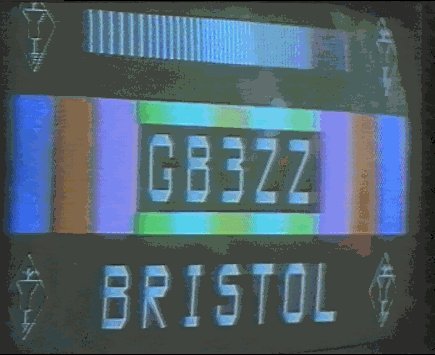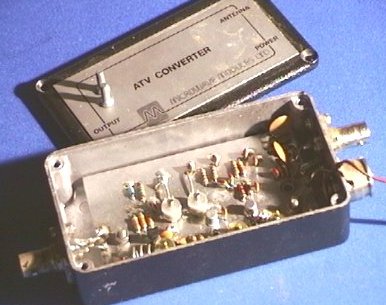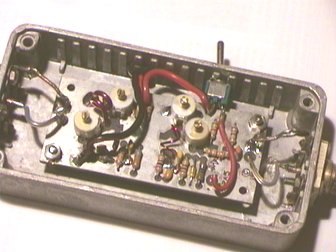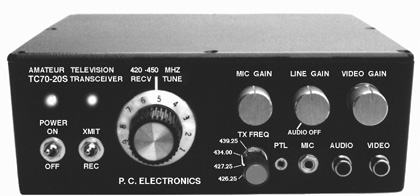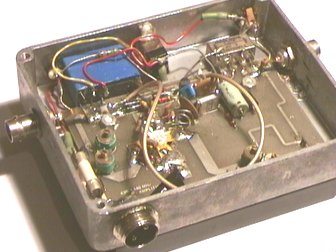| A GUIDE TO ATV |
|
70CMs ATV The 435MHz band is the lowest of the UHF bands that Fast Scan television transmissions are permitted by the Department of Trade & Industry. Since this band is not heavily used now, with the availability of the higher microwave bands that will allow full colour transmissions to take place, I do not propose to labor too long on this frequency. It must be remembered though that this was where Amateur Television started in the early 1950's. This was at the time when you needed the /T addition to your normal Amateur Radio callsign and a great deal of technical skill to participate in Amateur Television on the bands. The 435MHz Band: If we don't continue to make use of it, we will certainly lose it! The 70CMs allocation is only 10MHz wide in the UK (or even less in certain areas of the country), FM TV is not permitted, and all activity is AM based. Most people use traditional AM like that used on the HF bands before the advent of SSB (ie: double sideband with full carrier ). The reason for this is that VSB, as used by all the professional broadcasters is not easy to generate. Again because of bandwidth restrictions, the use of colour is a bit marginal, and 6 Mhz inter-carrier sound on a DSB signal would definitely extend over the band edges. Most people use vision centre frequencies in the range of 435 to 436 MHz, since this helps to minimize interference to the other users of the band. Although the other users of the band only occupy a small part of it, their activities can be very disruptive to ATV ( The reverse can also be true ). A strong FM phone repeater can cause dense herringbone patterns to appear on pictures, and a strong ATV carrier can cause a loud video buzz on the repeater output. This occurs because all the activity is crammed within a 10 MHz band, with often only 2 or 3 MHz separation between competing services. Other major sources of interference include the Syledis navigation system, which is a strong signal around much of the U.K coastline. Receive Converter
The reception of ATV signals on the 70CMs band usually uses a converter, this takes the 435MHz signal and transposes it for reception on channel 36. This signal can then be fed straight into the back of your domestic TV set. You may also be able to make use of several of the more popular "Betamax" Video recorders, as long as its tuner will cover the Amateur allocation. You must note however that you will require some type of pre-amplifier if signals are not of a very local nature. Whilst I know of no still commercially available RX converters, they are not very difficult to construct yourself. The BATC have published numerous designs over the last few years. Pre-amplifiers
The pre-amplifier project shown above is of the Gas-Fet type, as opposed to the more modern Advantek MMIC or Mini-Circuits MAR types commonly constructed by today's ATV Amateur. Transmitter
The power amplifier
Shown above is a typical 70CMs homebrew power amplifier built some years ago from a commercial project kit.To generate higher powers the “2C239” valve is still used by some operators, although as mentioned in the 24CMs section solid state power modules make generation of these types of power much simpler & also far safer.
|
|
| Home | | What's New | | |
